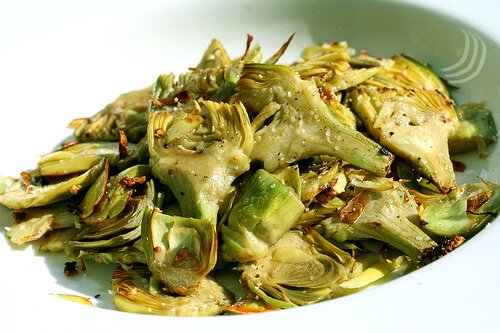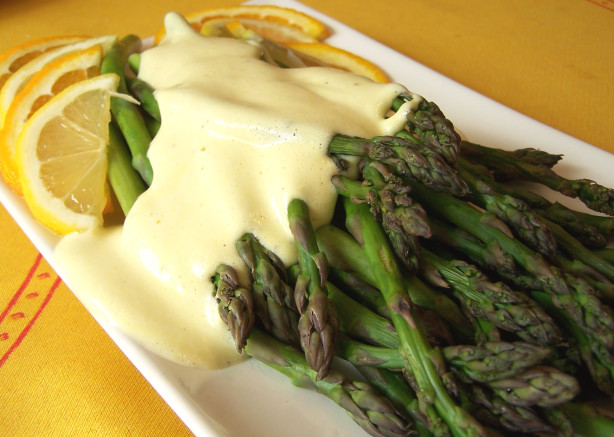 |
| Photo via The Unorthodox Epicure |
The idea is simplicity itself. Take a piece of heavy aluminum foil (if you don't have heavy foil, double layer the regular stuff), add in whatever is for dinner, and seal the edges tightly. Put it over a campfire, or a grill, or even a burner on the stove set to low, and in a little while you're ready to eat.
Hobo packs can be adapted to pretty much anything you're cooking: Meat, fish, chicken, vegetables... anything. In my decades of Scout experience, I've come up with a couple of rules of thumb. Let me share the results of my many experiments.
- You need some fat in the pack. This can be butter or oil. If you're including a meat whose fat will render (e.g., ground beef, pork, or lamb), use less and put the oil mainly on the meat. That'll ensure it cooks nicely until it gets hot enough for the fat starts to render.
- Include at least some of an aromatic vegetable. Onions are the most commonly used ingredient, but celery, carrots, or any other aromatic will work. For chicken, fish, or veggies, I've found fennel is my favorite.
- Season it. That means salt and pepper. And don't skimp. If you've got some fresh herbs, add them too. Think about the classic, time-honored pairings: mint with lamb (where I went camping, spearmint grew everywhere in the woods and we used it), dill with chicken, etc.
- If you're making more than just a side item, include your starch and protein in the packet as well.
Tonight we're having zucchini and carrots with fennel, olive oil, dill and chives. Since we're not camping, we'll use plates instead of eating right out of the foil. But I won't fault you if you do it the rustic way!














